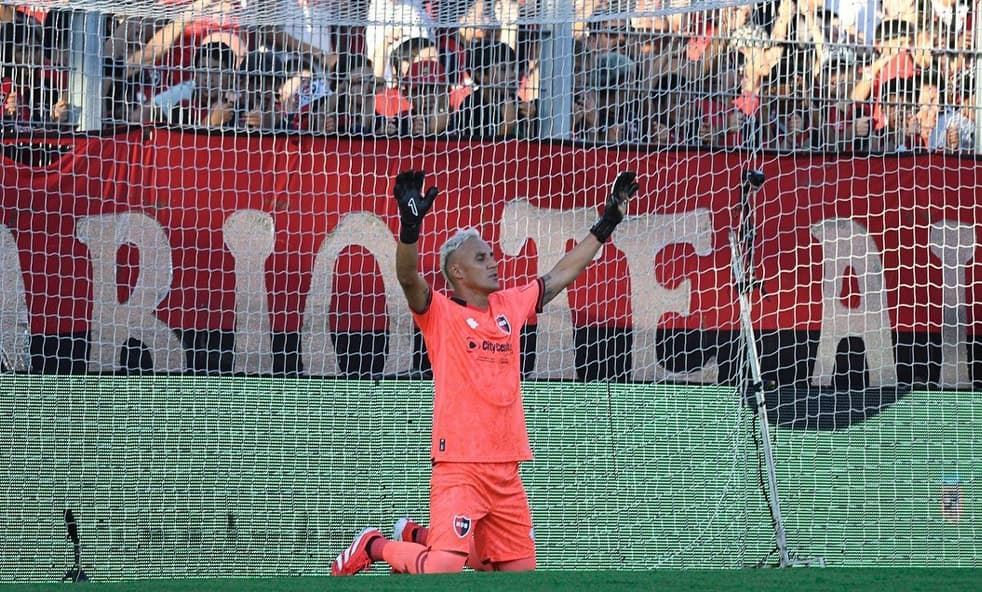QCOSTARICA — There is a lot of debate, fingerpointing, and political bantering happening to explain the gridlock of San José’s west side, mainly due to a series of simultaneous roadworks projects, in particular the closure of the “Bajo de la Ledesma” route.
Of course, Costa Rica president Rodrigo Chaves acted all surprised on Wednesday, during a press conference, taking a jab at the Minister of Public Works and Transportation (MOPT), Luis Amador, blaming him for the last two years of “doing nothing”.
– Advertisement –
It is quite funny to watch the brief interaction between President Chaves and a contender for the 2026 presidential chair, who is being called on social networks mAmador (sucker), explaining how the MOPT has been dragging, for the last six years, their feet to hire more traffic police officers. That is when Chaves intervened, “but don’t the last two years belong to you”, leaving Amador speechless.
Of course, this is not funny at all to the tens of thousands of drivers who have to bear the burden of the worst traffic jams in the capital city’s history, where since the start of the week, a trip that would take several minutes from Paseo Colon to La Sabana is now taking up to an hour; a trip to and from the airport in Alajuela is now two hours or more during peak hours in the mornings and afternoons.
One of the major complaints against the Chaves government and mAmador, is the lack of traffic police on the streets to control the gridlock.
For this, on Thursday, the MOPT announced that a greater number of traffic officers (Transitos) in different parts of the country are part of the immediate actions by the authorities to try to reduce road congestion.
That is to say, a majority of the 660 traffic police officers that is now the entire traffic police force in the country, of which many work in administrative functions, that is to say, are not on the streets, will concentrate their efforts in a small area of the country.
– Advertisement –
What happens to patrols and controls across the rest of the country? Another well-thought-out response by the government in a real crisis situation.
“To achieve the goal, personnel reorganization actions and strategic changes will be carried out in order to maximize the existing resource, which is limited for the vehicle fleet that exceeds 2 million cars,” admitted Luis Amador on Wednesday.
Likewise, members of the San Jos3 Municipal Police will provide support on the roads to regulate traffic in hot spots during peak hours, as well as reinforcements are planned with improvements in demarcation and changes in traffic light times for more expeditious circulation.
The hotspots
The following points in the capital city will have more traffic officers to ensure better vehicle deployment:
– Advertisement –
- Nissan crossover
- National Gymnasium
- Crossing in the vicinity of LA REPÚBLICA, at the entrance to Route 32
- Bajo la Ledezma (connecting Pavas and La Uruca
- Rotonda Juan Pablo II
- Pozuelo intersection
What is the cause of the gridlock?
A definitive answer is complicated. The best way to answer the question, perhaps, is a merging of several factors: the start of the school year, the end of vacations and a return back to work, the lack of road infrastructure, and a politically motivated decision to start a series of roadworks to be completed before the end of the current administration.
On the latter, as we saw on Wednesday, President Chaves is shrugging it off as he didn’t know, acting surprised.
Here is a list of the current (ten) roadworks being carried out, most of which started in the last several weeks, not taking advantage of starting much earlier while traffic volume throughout the Greater Metropolitan Area (GAM) was at a low ebb. The first three are causing the greatest gridlock on the west side of San José.
- Bajo La Ledezma. There is a closure to demolish the Río Torres bridge, near Bajo Los Ledezma The closure occurs from Plaza Mayor on Rohrmoser Boulevard, to the intersection with Avenida 29, La Uruca-Pavas route.


- Traffic diversion on General Cañas. Users traveling on Avenida 9 coming from Parque República de El Salvador, heading east-west, must make the detour with a right turn at the corner of Dole, towards Calle 42, and then enter Route 1, towards Alajuela.
- Momumento de Agua works. These are the two ramps that connect the Circunvalacion with Route 1, in both directions.

- Works in front of the Juan Santamaría airport. As of this Wednesday, the return from Route 1, or North Inter-American Highway to Alajuela via the radial route, was closed, allowing for the erecting of a Bailey Bridge.

- Repaving in front of the National University. Along 2 kilometers, resurfacing is being done at the entrance to Heredia in front of the National University in Heredia.
- Road changes in Curridabat in La Casa de Los Figueres. With the aim of mitigating traffic jams generated near “La Casa de los Figueres” in Curridabat, the Ministry of Public Works announced a series of road changes.

- Calle Blancos, Circunvalacion Norte. This is the construction of the last stage of the Circunvalacion project, which will link Route 32 with the Bicentennial rotonda.
- Florencio del Castillo (ruta 2). A new pedestrian bridge is built in El Fierro. Likewise, work is underway on the construction of the Taras – La Lima project.
- Hatillo overpass. In approximately one year, drivers will be able to travel more expeditiously through the Hatillos in the south of the capital.
- Replacing slabs to the radial de Alajuela. The damaged slabs of the Alajuela radial in the direction that goes from the city center towards the Juan Santamaría airport will be completely replaced.
– Advertisement –
Source link
Rico



